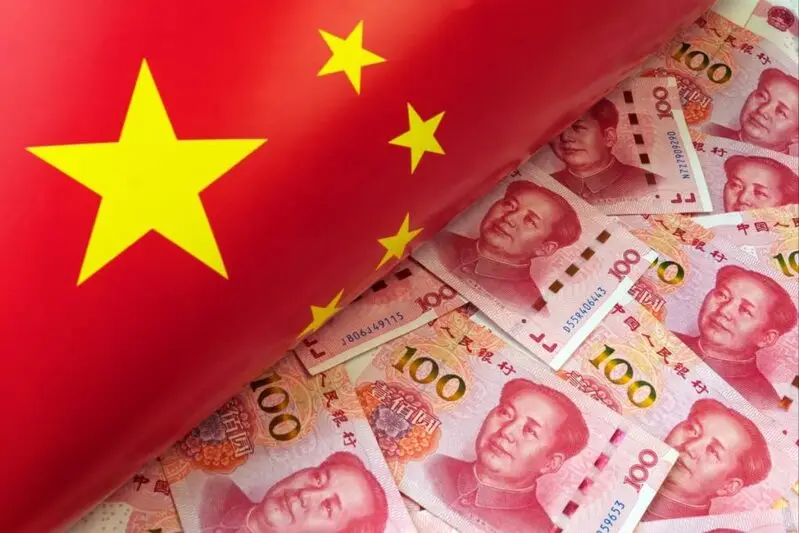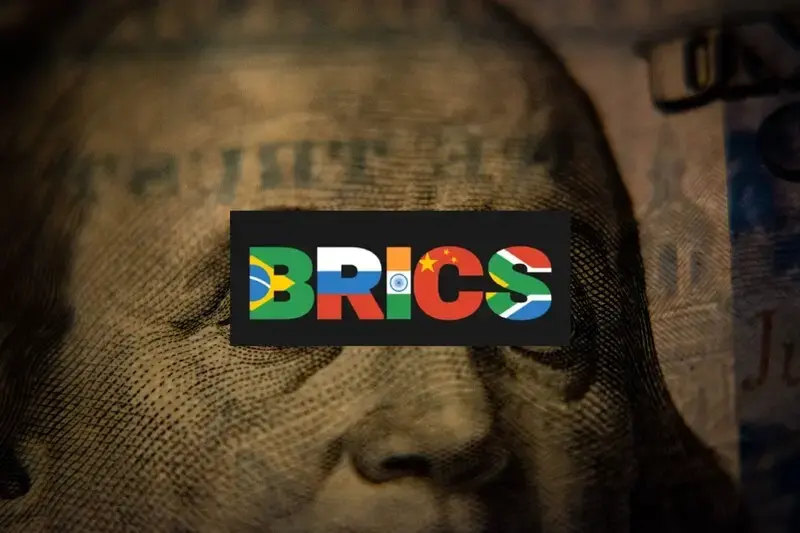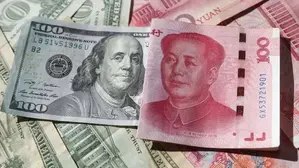BRICS member China’s new payment system, named Cross-Border Interbank Payments System (CIPS), is taking the financial world by storm. The CIPS payment system now supports international transactions in the Chinese yuan across 185 countries. China has enabled yuan-denominated trades for liquefied natural gas at the Shanghai Oil and Gas Exchange. In addition, the Communist country has allowed the Shenzhen Qianhai Joint Trading Center to handle overseas soybean transactions in the local currency.
China has already signed agreements with 40 countries, including BRICS nations, to settle payments in the new CIPS system. As of 2023, settlements reached a high of 52 trillion yuan, representing 58% of the total cross-border flow. That’s a historic milestone that even surpassed the US dollar in various measures. For context, 95% of the trade between China and Russia has been settled in local currencies for the last three years.
Also Read: BRICS Expands De-Dollarization: Chinese Yuan Lending Grows $480 Billion
BRICS: China Pushes New CIPS Payment System Globally

While BRICS member China has pushed the new CIPS payment system worldwide, not every country has agreed to settle trade in it. The countries that agreed to use CIPS for settlements are mostly poor or developing nations. Europe, Australia, and North America have sidelined the mechanism. Countries in Africa, Asia, and Eastern Europe are mostly using CIPS for settlements. The payments are also used to settle loans taken through the Belt and Road Initiative (BRI).
China is also encouraging BRICS to use the new payment system for yuan-denominated transactions. The move could help the alliance reduce US dollar dependency and push local currencies ahead. However, India is skeptical of using CIPS as China will benefit the most. The Modi administration does not intend to reduce US dollar exposure and aims to strengthen ties with the White House. In conclusion, while 185 countries can use CIPS, around 40 nations are using it as of 2025.






